The elegant pink birds are everywhere in advertising, in place names, and even on the logo for the state lottery - but few residents see them in the wild. Fortunately, they can be enjoyed through the eyes of Boehm porcelain artists in the Flights of Fancy exhibition, which previews on November 9.
During the 1800s, naturalists reported dense clusters of American flamingos in the sunshine state. However, John James Audubon struggled to find them during an 1832 expedition through the islets of South East Florida. At last, he spotted a flock in flight with outstretched wings, elongated necks and legs tucked behind them. He wrote later of his first Flamingo sighting “Ah! reader, could you but know the emotions that then agitated my breast!”. The illustration of a foraging flamingo for Audubon’s Birds of America is now iconic.
By the 1881 edition of The Birds of Eastern North America, Charles Johnson Maynard noted that flamingos were rare in the Florida Keys and he had never seen one there himself. Instead, he headed to the Bahamas to see an immense flock honking hoarsely. He left with a live specimen, which he named Aurora, and she became a beloved house pet, dining on boiled rice and mushy bread.
While the idea of a pet flamingo is strange, even more, bizarre is the mad croquet game in Alice’s Adventures in Wonderland where live flamingos were used as mallets and curled up hedgehog as balls. Lewis Carroll was inspired by the exoticism and otherworldliness of the flamingo for his curious game, which was perfectly depicted in the illustrations of John Tenniel. A century later, in 1965, the book illustrations inspired a Royal Doulton character jug of the Ugly Duchess with a flamingo handle by sculptor Max Henk.
“The chief difficulty Alice found at first was in managing her flamingo: she succeeded in getting its body tucked away, comfortably enough, under her arm, with its legs hanging down, but generally, just as she had got its neck nicely straightened out, and was going to give the hedgehog a blow with its head, it would twist itself round and look up in her face, with such a puzzled expression that she could not help bursting out laughing: and when she had got its head down, and was going to begin again, it was very provoking to find that the hedgehog had unrolled itself, and was in the act of crawling away…”
In recent times, scientists have been studying flamingo eggs held in museums, which suggest that flamingos were nesting in Florida in the late 19th century and occurred naturally in large flocks of 500-1,000 birds. However, flamingos were hunted in large numbers for their plumes, skin, and meat, and the native population was nearly wiped out by 1900. Flamingo sightings were sparse for decades, but in the last fifty years, amateur birdwatchers have spotted them in the Florida Keys. It seems that individuals and small flocks fly in from the Bahamas and Cuba to feed and leave again. Because of this, some agencies have classified the birds as non-native species and so they are ineligible for protection under wildlife laws. In the Caribbean, flamingos are recovering naturally where they are protected so maybe there is hope for this lost Florida icon.
The Boehm Porcelain company introduced an impressively authentic study of a flamingo nesting with her chick in association with the Audubon Society in 1987. The rosy pink plumage is beautifully delineated in Boehm’s porcelain body which includes algae to make it flexible. The Flamingo chick has grey feathers from birth and they gradually turn pink from ingesting a diet of brine shrimp. Deprived of this food source, their blushing color gradually fades. Boehm also portrayed a smaller porcelain flamingo in a typical stance with one leg raised. Apparently, flamingos rest on one leg to preserve body heat while standing in water.
Royal Doulton produced a stylized design of flamingos decorated in raised enamels for tea and dinner services during the Art Deco era. They also produced an elegant figure entitled Millie Charleston Everglades Flamingo which evoked the style of the 1920s. The Moorcroft Pottery produced a popular vase collection entitled Everglades Flamingo, which was designed by Philip Gibson in 1999. A few years later, Sally Tuffin used a stylized flamingo to advertise their collection of vases shown at one of their exhibitions in Florida.
See porcelain studies of flamingos and other exotic bird species in our Flights of Fancy exhibition which previews on November 9. Live flamingos can be observed in action at Flamingo Gardens, a popular Broward attraction, not far from WMODA.
Read more...
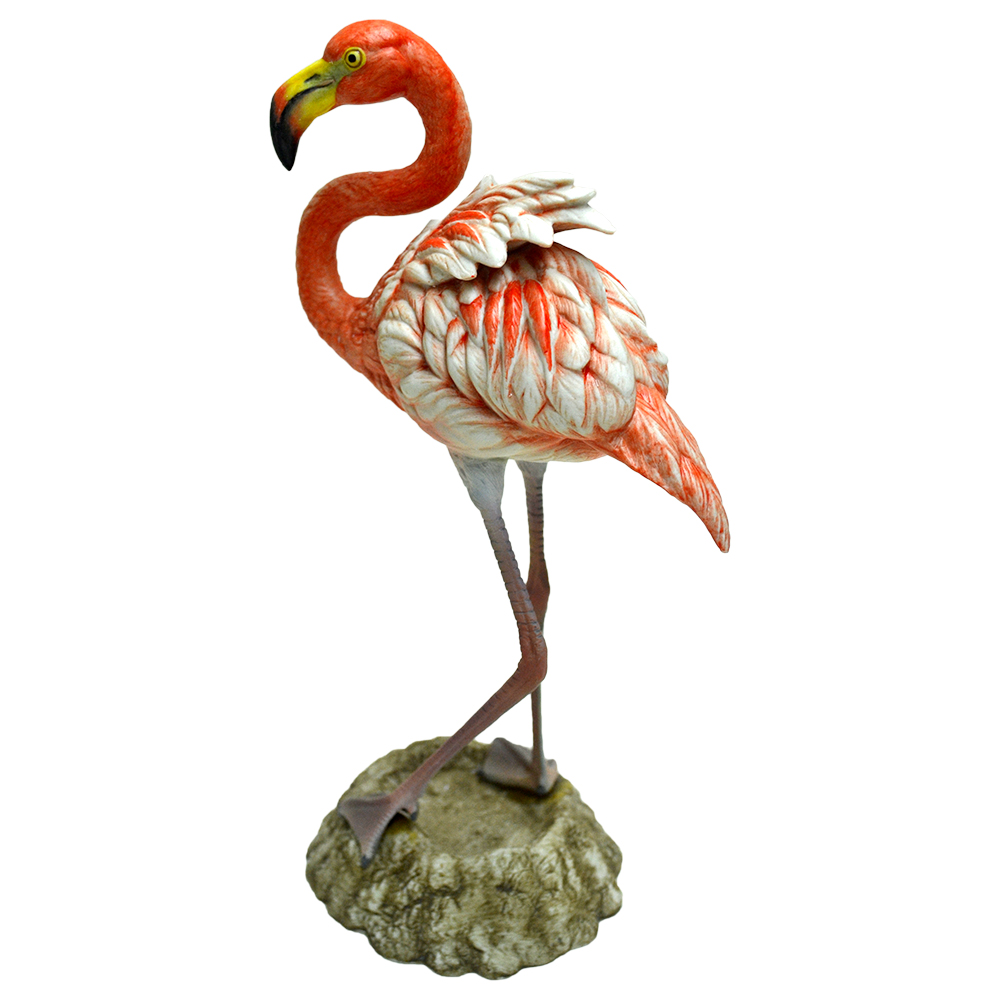
Boehm Flamingo

Flamingo by J.J. Audubon
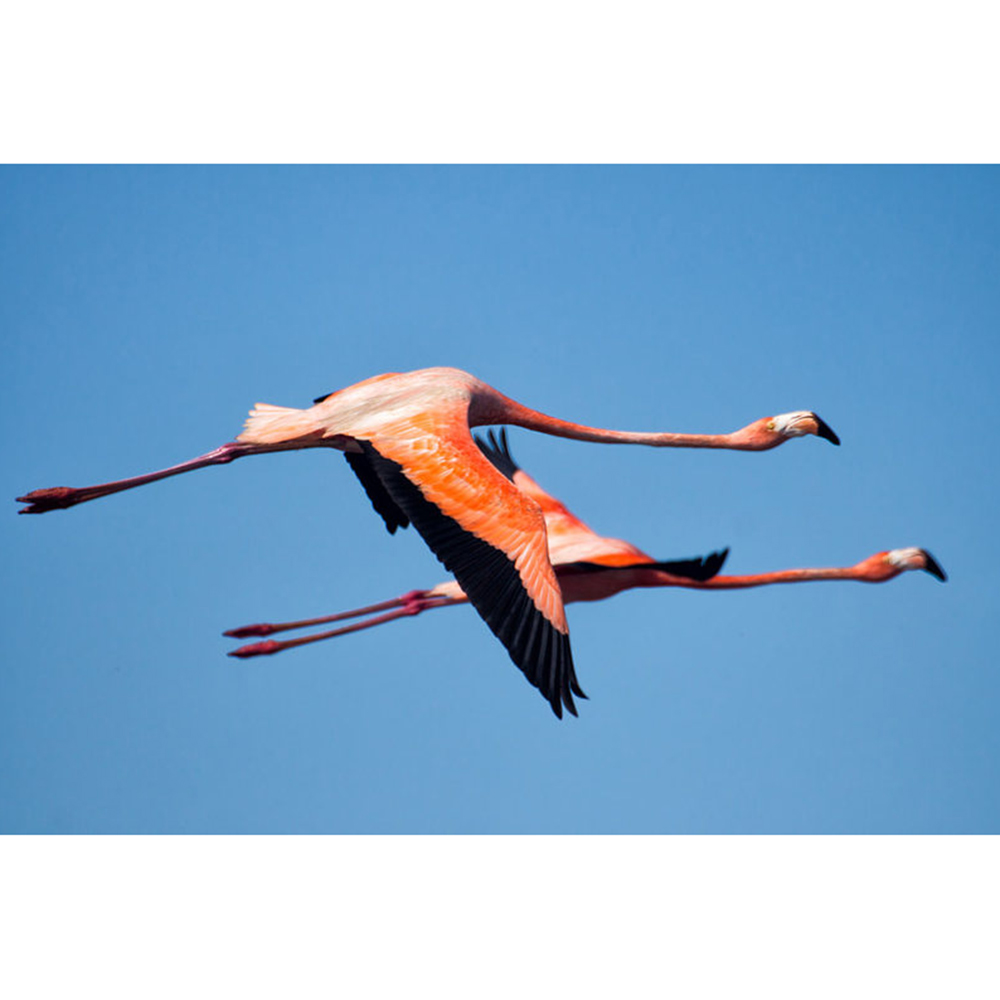
Flamingo in flight
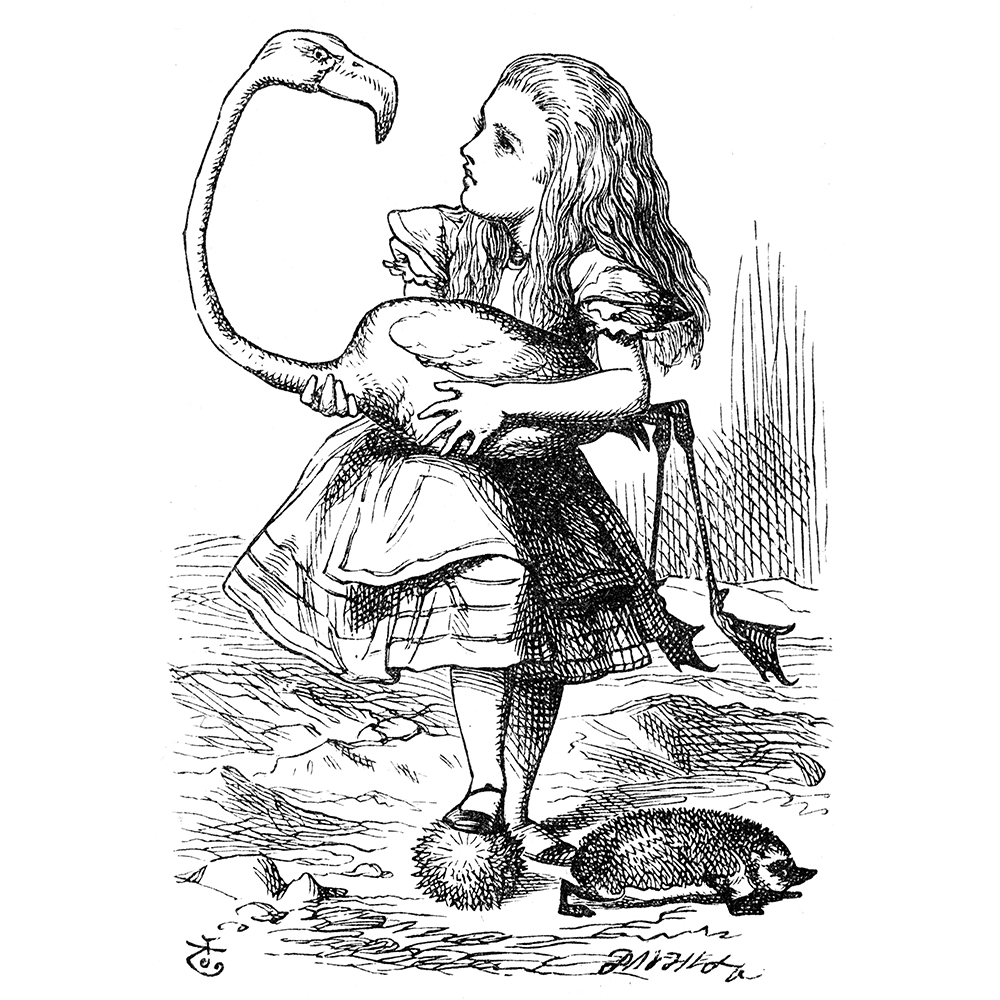
Alice in Wonderland by J. Tenniel
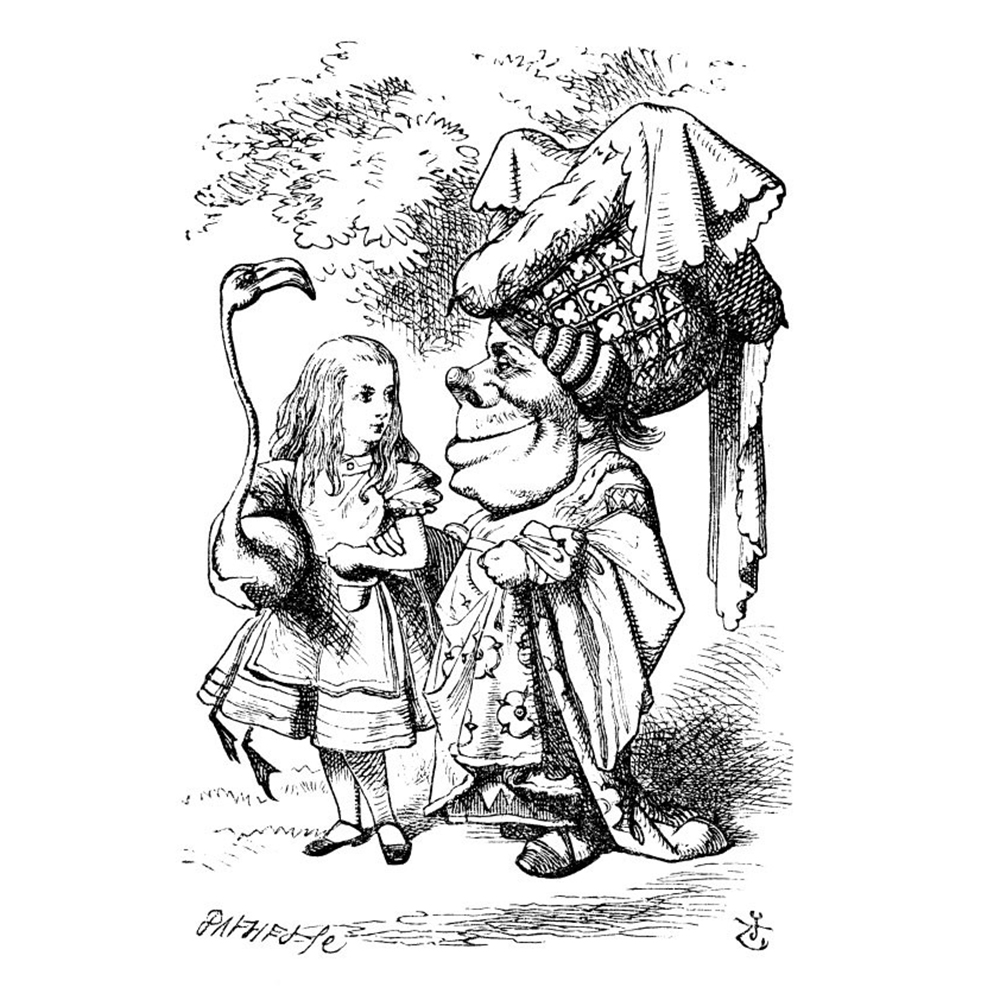
Alice in Wonderland by J. Tenniel
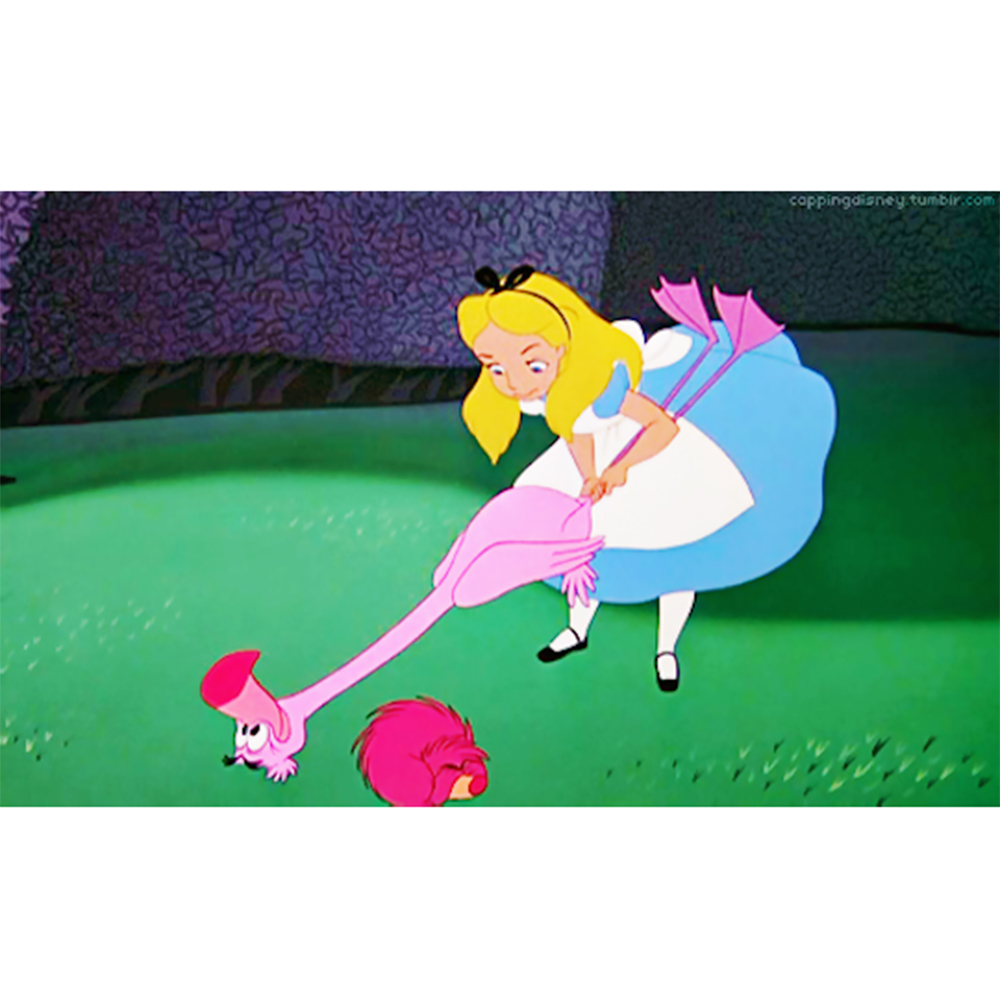
Disney's Alice in Wonderland
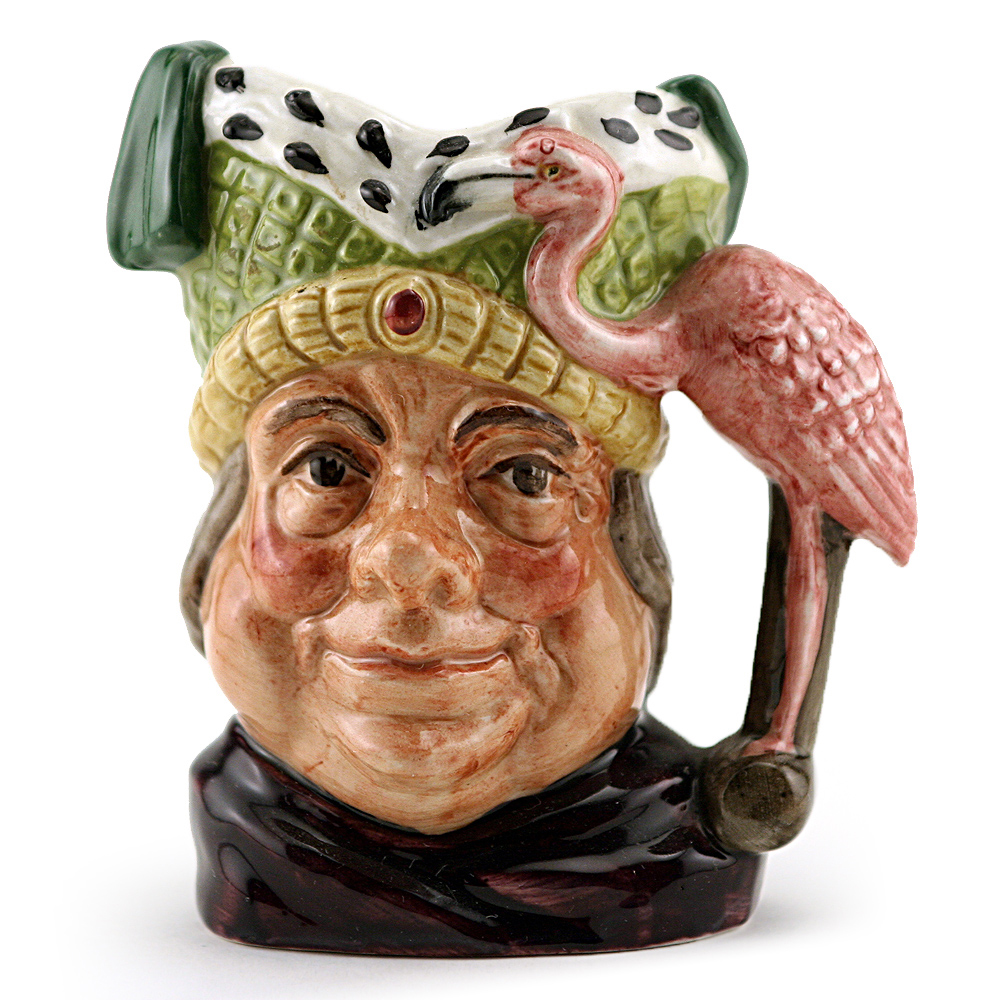
Royal Doulton Ugly Duchess by M. Henk
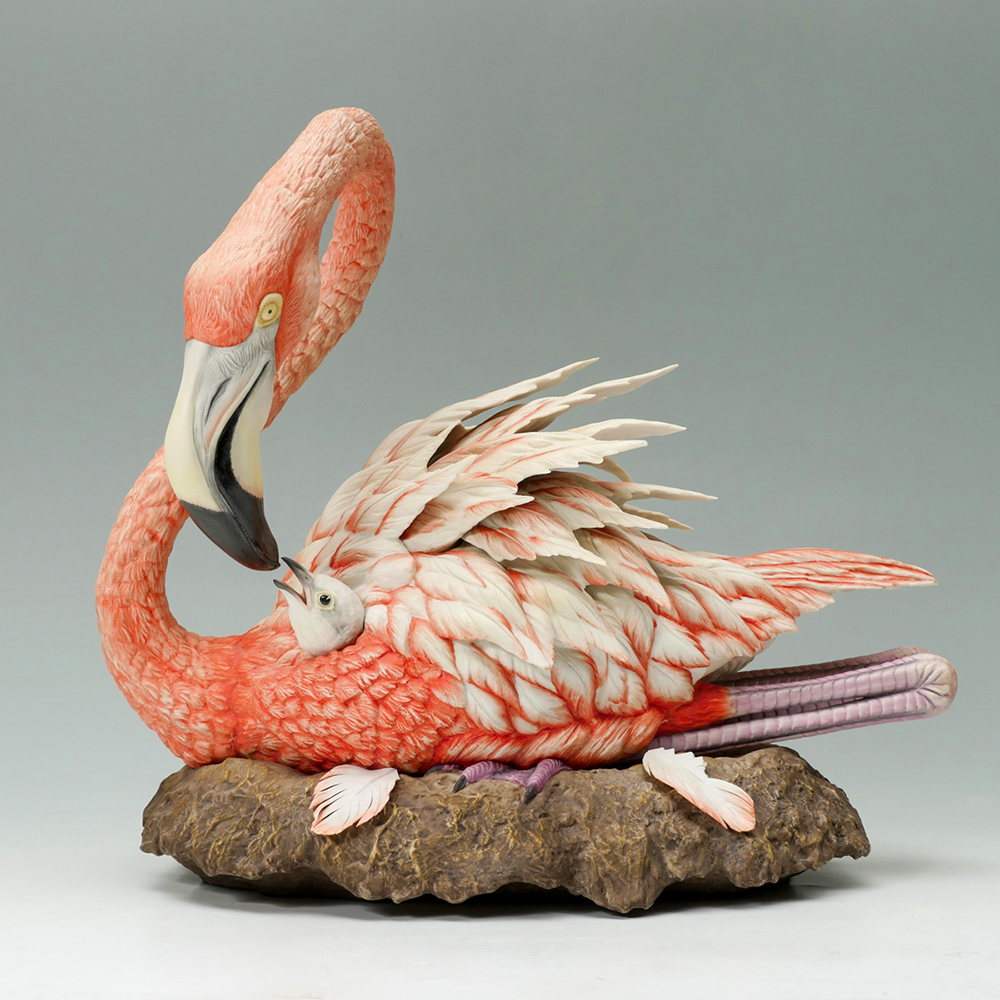
Boehm Flamingo

Flamingo with a flaminglet
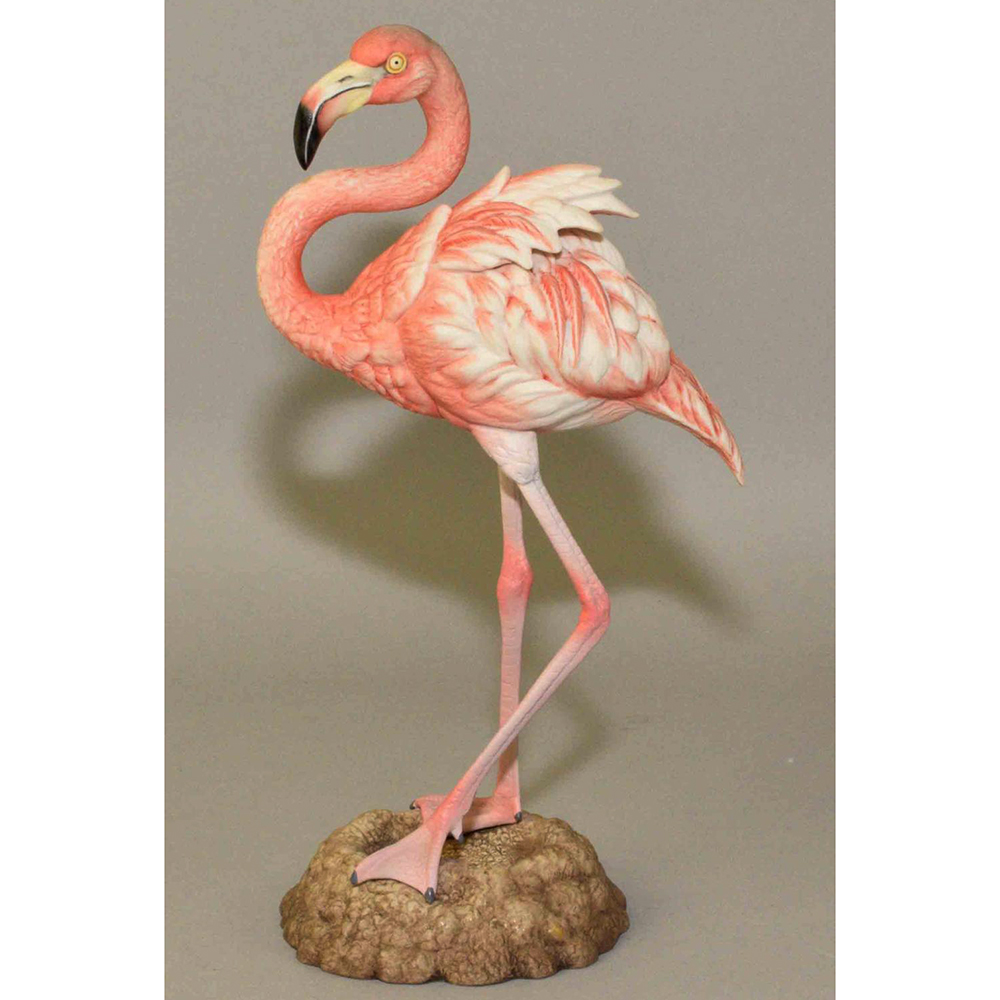
Boehm Flamingo
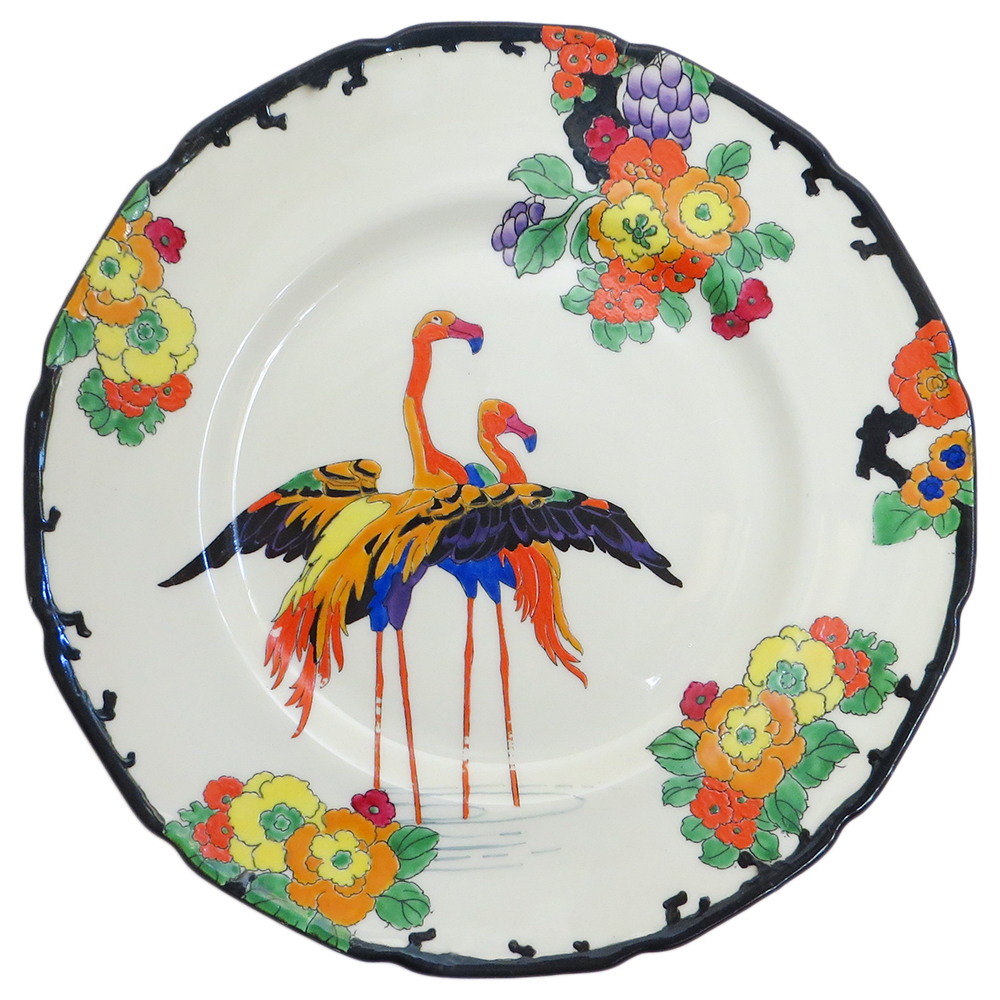
Royal Doulton Flamingos

Royal Doulton Flamingo Vase
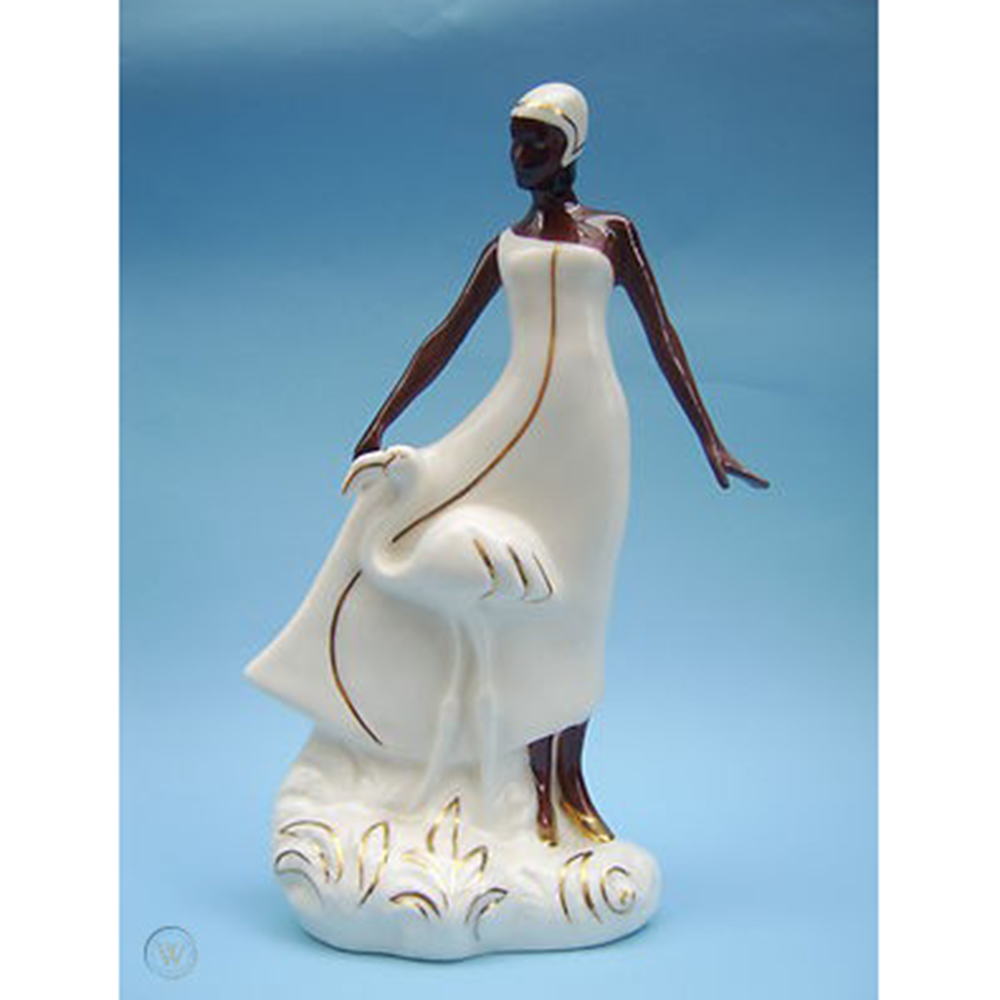
Royal Doulton Millie
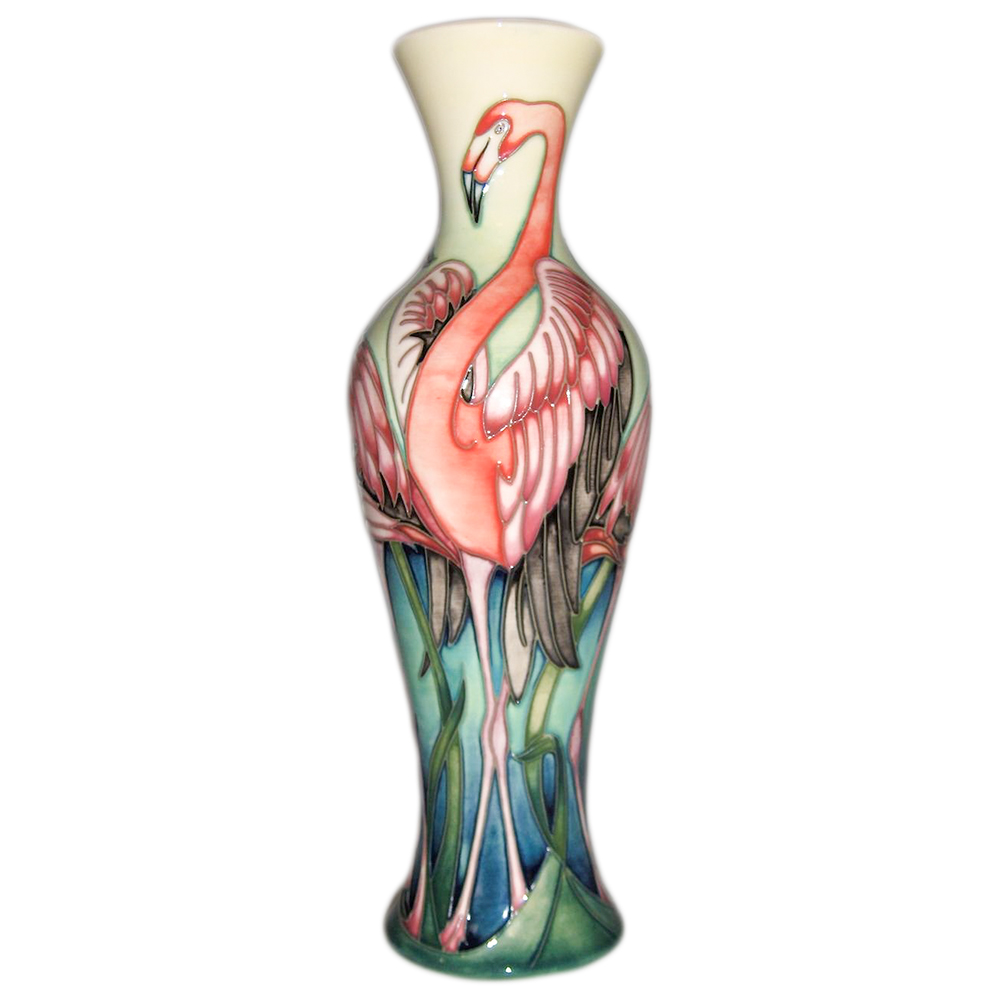
Moorcroft Everglades by P. Gibson

Moorcroft Everglades by P. Gibson

Moorcroft Everglades by P. Gibson
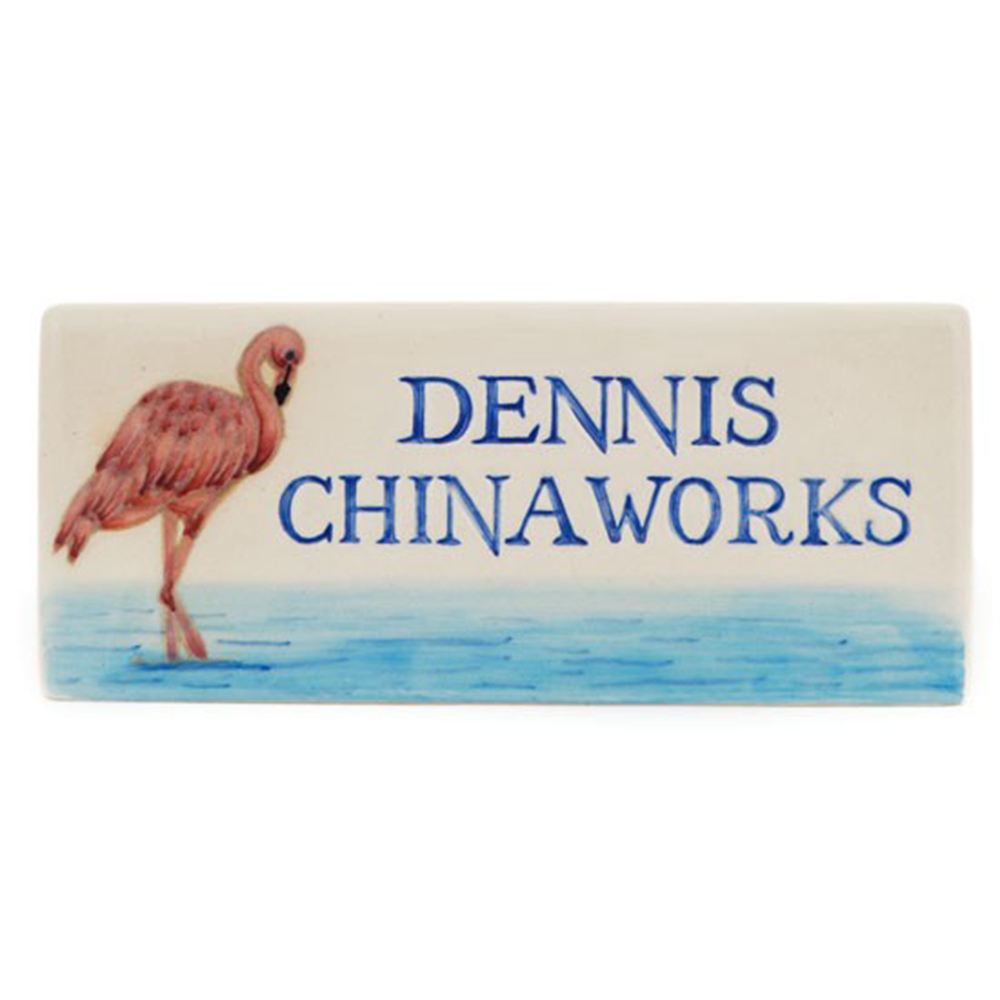
Dennis Chinaworks Flamingo Sign by S. Tuffin
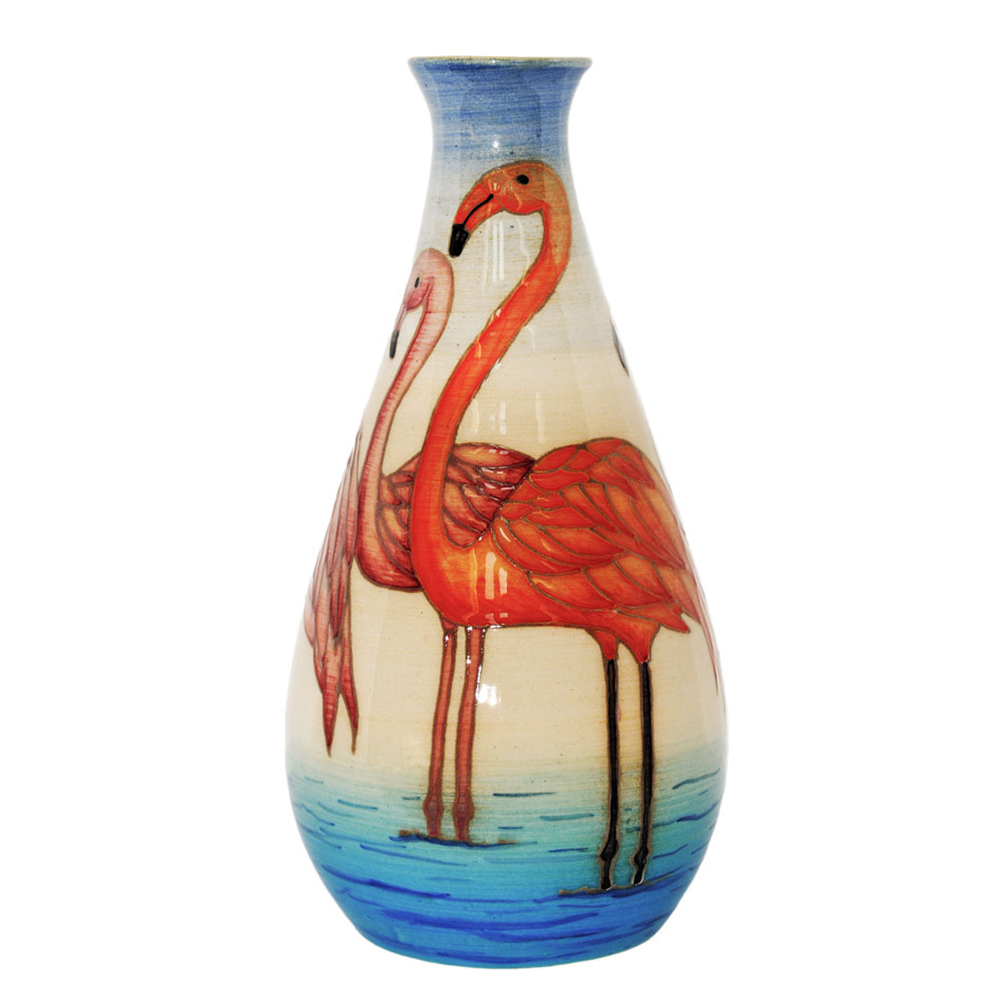
Dennis Chinaworks Flamingo Vase by S. Tuffin
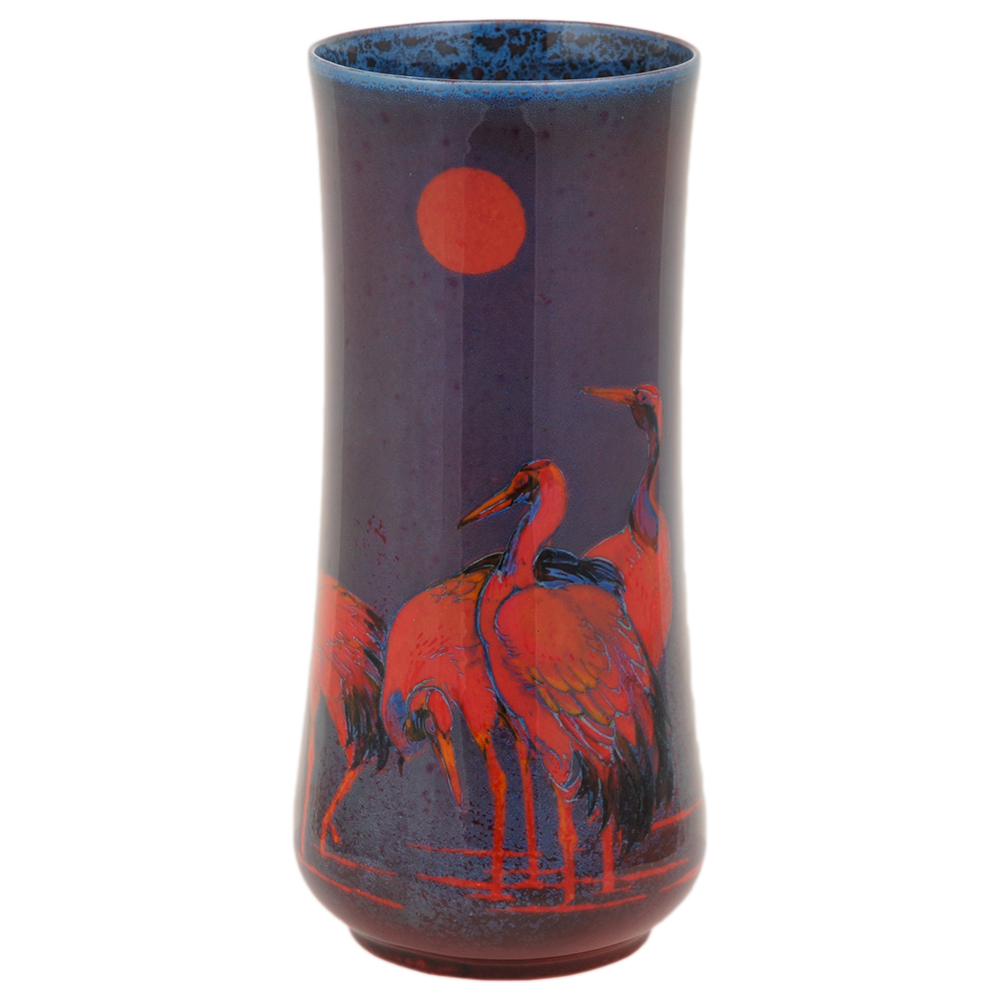
Royal Doulton Flambe Flamingo Vase
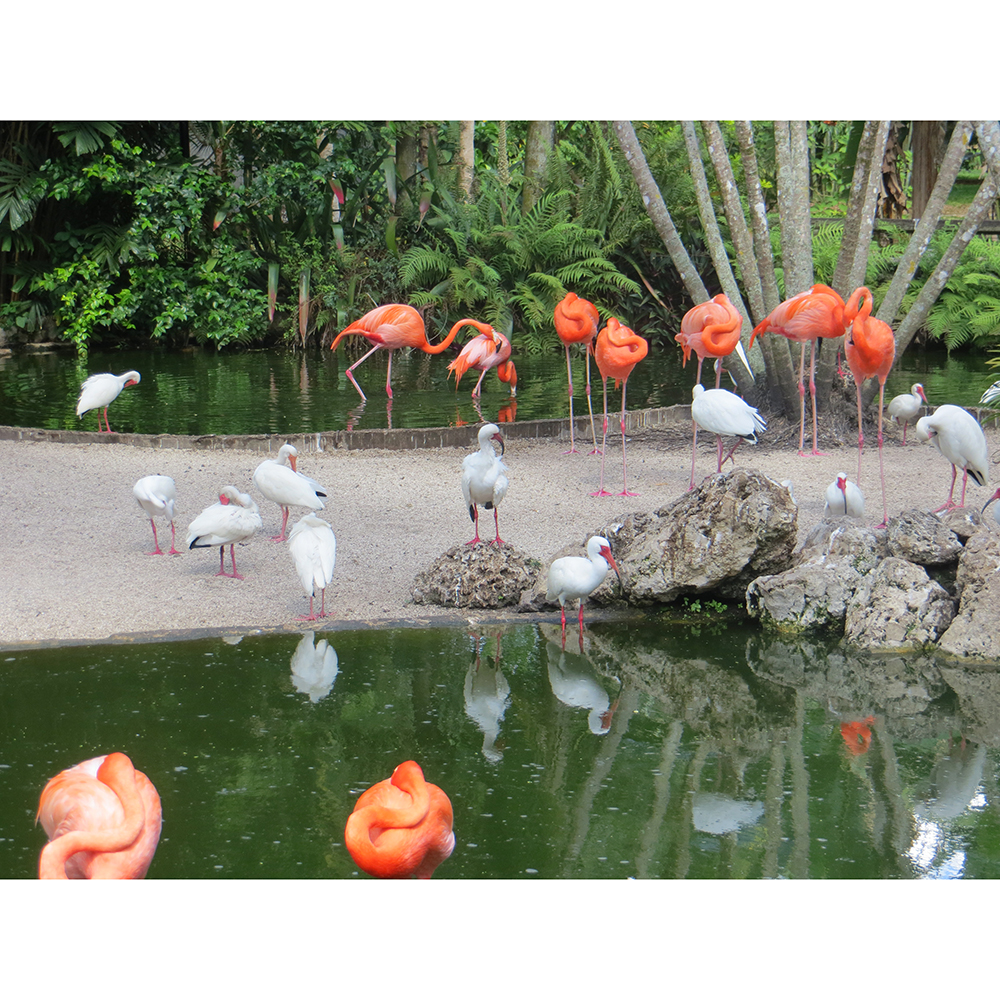
Flamingo Gardens, Davie
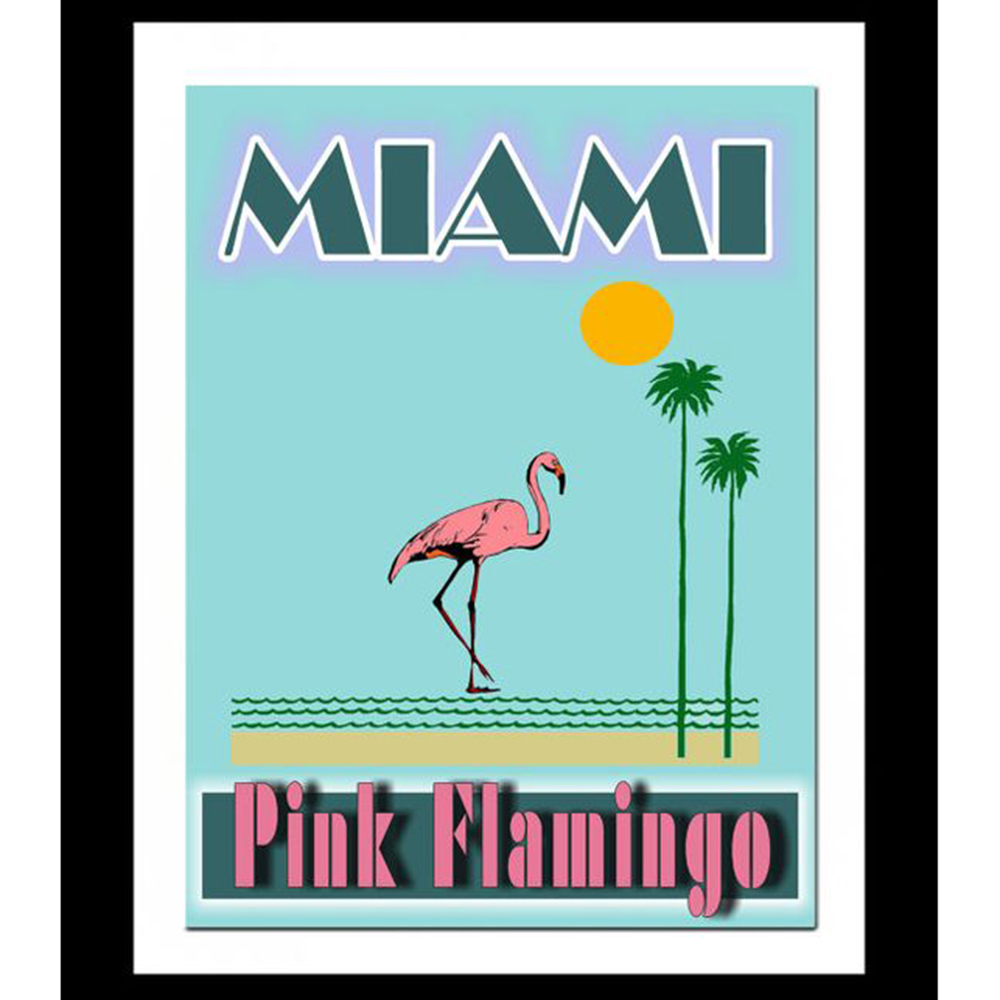
Flamingo Poster
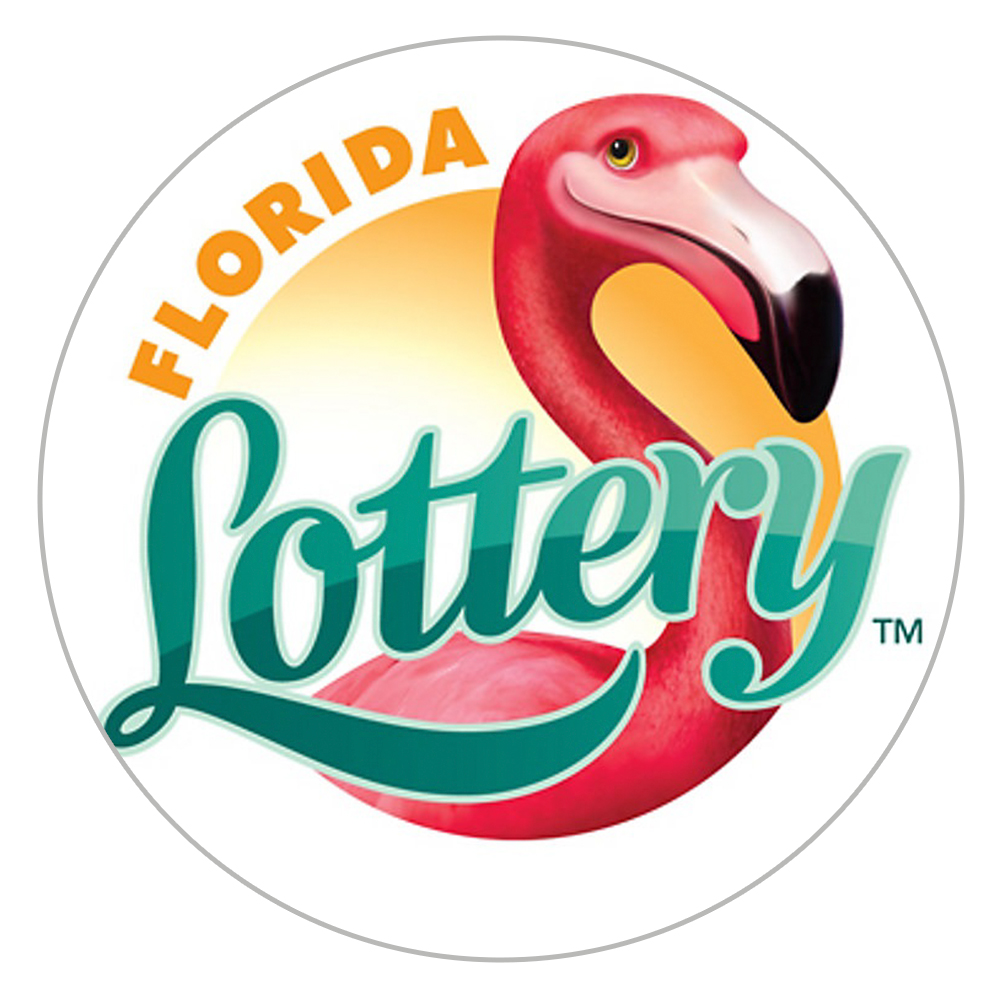
Florida Lottery Logo
